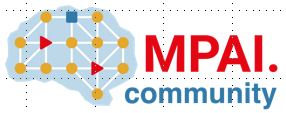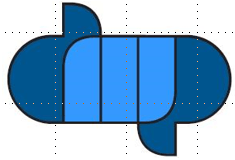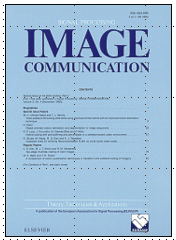There is more to say about MPEG standards
Introduction In Is there a logic in MPEG standards? I described the first steps in MPEG life that look so “easy” now: MPEG-1 (1988) for interactive video and digital audio broadcasting; MPEG-2 (1991) for digital television; MPEG-4 (1993) for digital audio and video on fixed and mobile internet; MPEG-7 (1997) for audio-video-multimedia metadata; MPEG-21 (2000) for trading of digital content. Just these 5 standards, whose starting dates cover 12 years i.e. 40% of MPEG’s life time, include 86 specifications, i.e.…
















